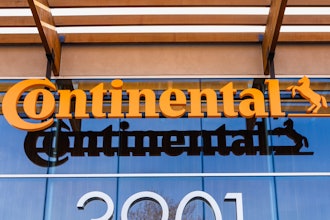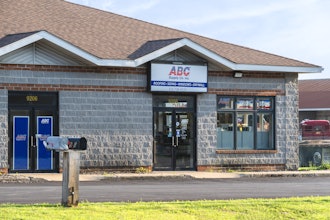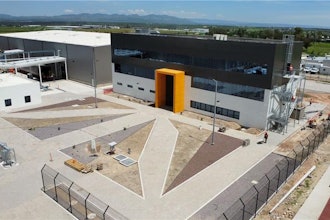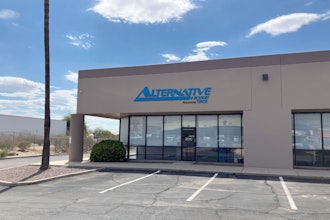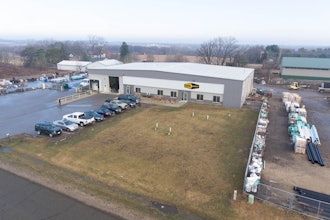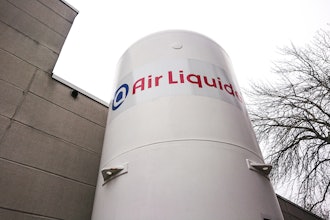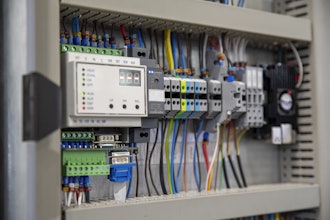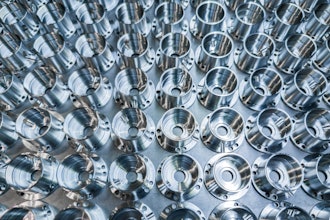You are ready for another busy day. Critical orders need to be picked, packed and shipped. Customer service and your well-earned reputation are once again on the line. Your teams of associates are humming like a well-oiled machine. You'll meet your deadlines! All of a sudden, you notice that totes and cartons are recirculating or being rejected on the shipping sorter. Then you notice nothing is moving in the pick modules. At a sortation rate of 150 cartons/minute, the product is stacking up quickly and everything is in gridlock. Time (and space on the conveyor systems) cannot be recovered.
This is a nightmare scenario that most of us in the business have seen or at least heard about. And when the dust settles and the analysis is performed, often it is something simple, preventable, or at least manageable. Experienced supply chain veterans understand that automated warehouses and material handling systems consist of complex processes that have to be consistently managed and maintained.
When discussing these situations with colleagues and customers, we often look at the one unique problem in distribution centers, particularly around materials handling. It can be summed up in one simple phrase: "Cartons (or totes) are not getting to the right place," followed quickly by "and there are only a few hundred possible reasons why not." To mention just a few: bad data in the messaging between the WMS and warehouse control system (WCS), a change to the network infrastructure, scanner failures, photo eyes misaligned, barcode labels being printed with poor quality, tote labels worn out due to stacking, missing bands on popup divert tubs, a misconfiguration in the lane mapping, and new cartons that are out of tolerance.
So there are three major areas that need to be evaluated in all facilities. The first is prevention; the second is diagnostics; and the third is rapid resolution.
Prevention:
First and foremost, it is important to recognize that preventive maintenance schedules and activities are prescribed by the manufacturer for a reason. One could conclude that the manufacturer is simply looking for a captive revenue stream OR that over time and under varying loads, there has been an objective determination that properly followed steps will keep equipment (and software) running well. From first-hand experience over the years, I fall on the side of the latter. Often we hear statements like, "If it ain't broke, don't fix it" to justify the lack of preventive maintenance, followed quickly by lack of spare parts. Another factor we hear is that it simply costs too much. So the $64,000 question (or is it $64,000,000?) is, "What is the cumulative cost of downtime?" Going back to the above scenario, the product that will not ship on time could have been an ecommerce order for that very special anniversary, or maybe replenishing your stores with that hot product that just launched and is about to sell out during peak season, or the delivery of a medical implant for an emergency room patient.
In short, the cost is often incalculable. Sometimes it is very hard to look at a well-running piece of material handling equipment and think this inspection, adjustment or lube can be delayed a day or so. After all, all is well. But as we know, time and money delays cannot be easily recovered.
Diagnostics:
So the above scenario happens. What next? ("Update resume" comes to mind.) Hopefully you have all the latest updates of the supply chain software that typically runs your equipment AND negotiated with your IT group to allow remote access for diagnostics. If not, be prepared for a very long day or two or … you get the picture.
The reason this is so important is that the supply chain software has become the objective eyes and ears that aid in remote diagnostics by your equipment and warehouse control system implementation partner. When we receive calls for a system being down and the customer's maintenance staff has ruled out what they can see, the first thing we do is try to capture what the on-site eyes and ears have to say. This is immediately followed up by connecting to the system. That provides us with remote eyes and ears and the ability to observe the problem and begin running through a set of diagnostics. More often than not, we can quickly pinpoint the problem.
Rapid Resolution:
Once the problem has been diagnosed, we move into resolution mode. In facilities where preventive maintenance has been consistently performed and the recommended spare parts exist, we jointly develop a plan to both resolve and hopefully prevent future episodes. Where preventive maintenance is not routinely conducted, time to resolution can increase dramatically. In these situations, the root cause may be a failure that should never have happened in the first place. In other words, a common simple task that was not performed causes a major failure of a component that would not be carried as a spare part and may take days to replace. These situations become hard to explain.
There is a byproduct of being thorough with a philosophy of prevention. It creates a great opportunity to "touch and feel" the systems more frequently and in a relaxed environment. It provides consistent ongoing training that reinforces how the material handling equipment or systems function. And finally, it helps your staff to get the "feel" for what a well-maintained system looks and sounds like so if or when a problem arises, it might be determined prior to major disruptions in the operation.
Finally, as we see the role of the WCS changing due to new tools, techniques and equipment, we are beginning to see the application of integrated maintenance systems, the use of more intelligent controls for monitoring amp draw to predict the deterioration of equipment, as well as integrated simulation to predict the impact of the next wave on the floor. Also being implemented is more intelligent conveyor design that can allow for recovery from a failure. This may include features such as an expedited mode which allows the system to flush through "hot" orders so they get to the dock as quickly as possible, plus proactive management visibility into identifiable problem areas or shipments.
If distribution in your supply chain is the weakest link, remember that it can easily jeopardize a lot of good work that came before it. How strong is that link in your supply chain?
This blog originally appeared on the FORTE blog. You can view it here: www.forte-industries.com





